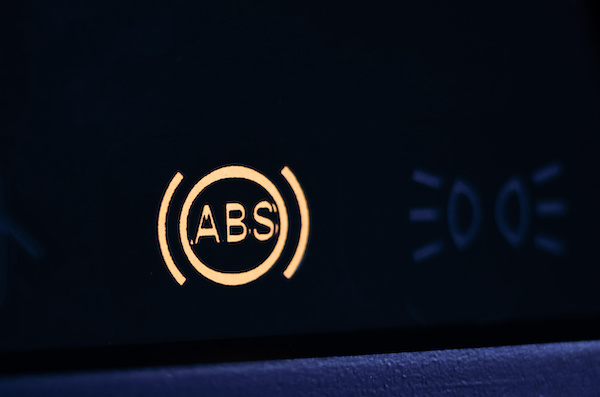Posted on 11/30/2023
.jpeg)
In a world where the roar of sports cars and the allure of SUVs often steal the spotlight, there lies a quiet but undeniable charm in the European sedan. These vehicles are not just about getting from point A to B - they're a testament to luxury, performance, and a heritage that has been meticulously crafted over decades. Today, we are taking you on a journey through the streets of Europe to discover three sedans that stand out not just for their badges, but for the stories they tell and the experiences they offer. 1. BMW 5 Series The BMW 5 Series has long been synonymous with executive travel, blending performance with luxury in a way that few can match. The latest model, the G30, continues this storied tradition. Under the hood, the 540i xDrive boasts a 3.0-liter BMW TwinPower Turbo inline-6 engine that delivers an impressive 335 horsepower. This powerplant is mated to an 8-speed Steptronic Sport ... read more
Posted on 10/30/2023

Among the plethora of options on the market, certain models emerge as the "right one for you," but in order to find that, you need to know a few of them first. Today, we are going to take you on a tour through three options, considered some of the best plug-in hybrids on the current market. BMW 545e xDrive - The Sporty Option With its sleek design and robust performance, the BMW 545e xDrive stands as a testament to the brand's commitment to sustainable luxury. Combining a powerful inline-six engine with an electric motor, this plug-in hybrid delivers an impressive 389 horsepower, offering a seamless blend of efficiency and driving dynamics. The luxurious interior, coupled with cutting-edge technology and advanced safety features, makes the BMW 545e xDrive a compelling choice for those seeking both opulence and eco-consciousness. Spec List: Engine: 3.0-liter BMW TwinPower ... read more
Posted on 9/29/2023

Among the myriad of glowing symbols, one stands out – the ABS light. It's not something you see every day, and it's definitely not part of the regular dashboard decor. So, what does it mean, and should you be concerned? First things first, let's demystify ABS. ABS stands for Anti-Lock Brake System, a critical safety feature in modern cars. Its primary purpose is to prevent your wheels from locking up during hard braking, allowing you to maintain steering control and avoid skidding. When the ABS Light Shines When your ABS light illuminates, it's your car's way of saying, "Hey, there's a glitch in the ABS system, and I need your attention." But don't hit the panic button just yet. The ABS light can signal various issues, including: Faulty Sensors ABS relies on sensors to monitor wheel speed. If a sensor malfunctions, it can trigger the ABS warning light. Brake Fluid Levels Low br ... read more
Posted on 8/31/2023

Electric vehicles are known for their low maintenance compared to traditional gas-powered cars. But with the advantages come a few considerations, especially considering EVs are beginning to evolve. EV Maintenance Tasks Battery Care The battery is the heart of your EV, and its health is crucial for your vehicle's performance. While modern EV batteries are designed to be durable, keeping an eye on their state of charge is essential. Avoid frequently charging your battery to 100% unless necessary, as this can put extra stress on it. Instead, aim for a charge level between 20% and 80% for daily use. Additionally, follow the manufacturer's recommendations for periodic battery maintenance. Tire Maintenance Proper tire care is essential for any vehicle, and EVs are no exception. Electric cars are often heavier due to their batteries, so that tire wear can be more pronounced. Regularly check tire pressure and ensure they are inflated to the manufacturer's recomm ... read more
Posted on 7/29/2023

Your car's dashboard is full of warning lights to indicate issues with your vehicle. Knowing what they mean and how to address them can be the difference between a quick fix and major repair work. In this post, we'll go over the most common warning lights you should know about, what they mean, and how you should respond. Engine Warning Light The engine warning light is one of the most important lights to be aware of. This light can come in a variety of colors such as red, yellow, or amber, and indicates that there may be an issue with your engine. If you see this light turn on, it's best to have your vehicle looked at by a professional mechanic as soon as possible. Brake Warning Light Another important light to be aware of is the brake warning light. This may come in an orange or red color and it indicates that your brakes have experienced some type of problem. If this light turns on, you should ... read more